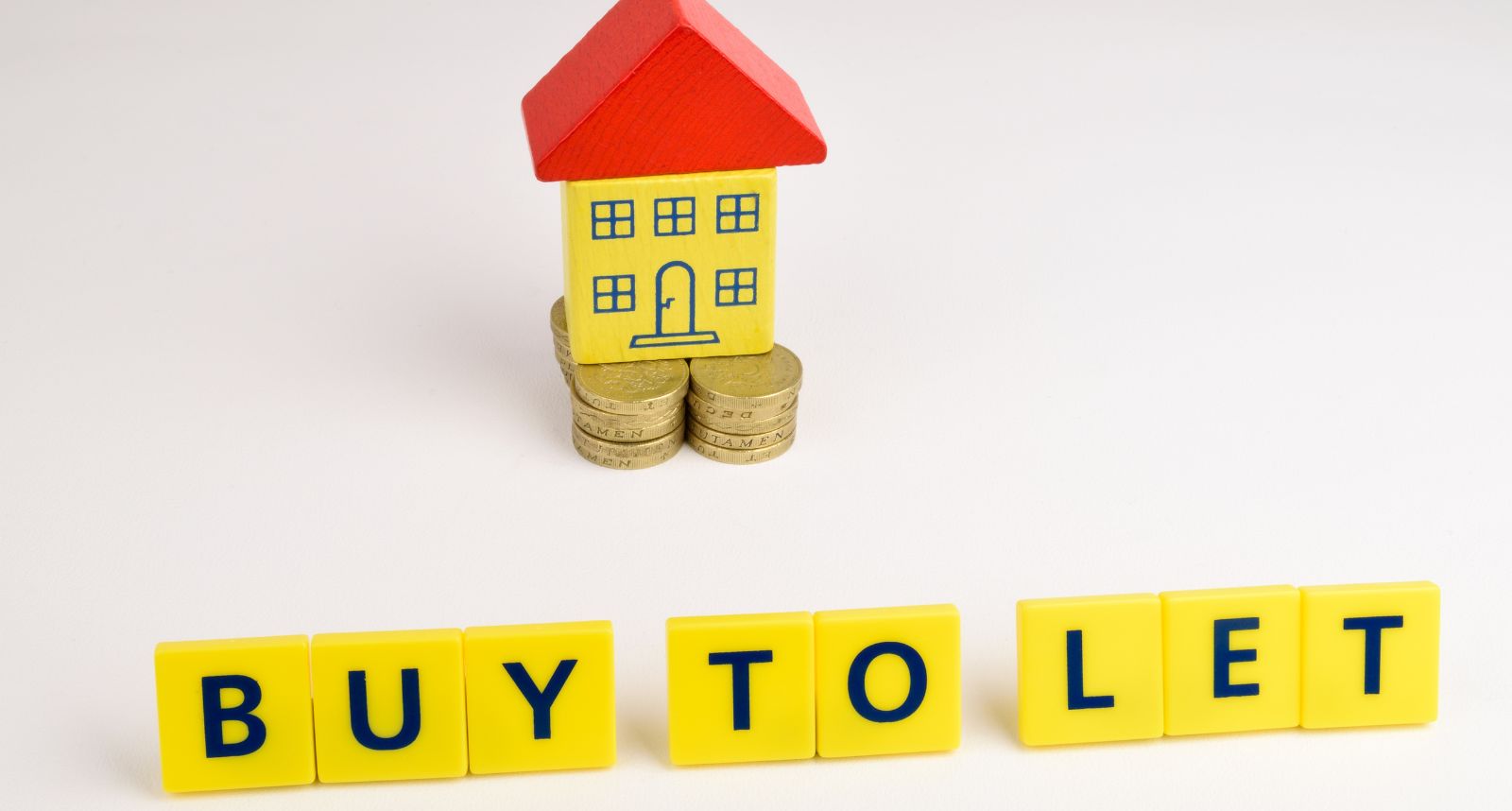Buy-to-Let Investments: A Complete Guide for Successful Property Investors
Buy-to-let investments have long been a favored way for individuals to generate passive income and build wealth. In this comprehensive guide, we will explore everything you need to know about buy-to-let properties, from the basics to advanced strategies, including how to maximize returns and avoid common pitfalls.
Whether you are considering entering the market or are a seasoned investor, understanding the dynamics of buy-to-let investments is crucial to making informed decisions that yield profitable results.

What is Buy-to-Let Investment?
A buy-to-let investment involves purchasing a property to rent it out to tenants, typically for long-term residential use. The investor benefits from two primary income streams:
- Rental Income: Monthly rent paid by tenants, which can cover mortgage payments, maintenance costs, and provide a profit.
- Capital Appreciation: The potential increase in property value over time, leading to significant profits when the property is sold.
Buy-to-let investments are most common in the residential sector, but they can also extend to commercial properties in certain circumstances. This strategy has been particularly popular in markets like the UK, where the demand for rental properties remains high.
Why Invest in Buy-to-Let Properties?
Investing in buy-to-let properties offers several compelling advantages:
1. Stable Cash Flow
Rental income is often a stable, recurring source of cash flow, particularly in markets with a high demand for rental housing. It allows investors to generate passive income while covering mortgage payments and other expenses.
2. Property Value Appreciation
Over time, the value of your property may increase, allowing you to sell it for a profit. The potential for capital growth is one of the major reasons buy-to-let properties are considered a long-term investment.
3. Tax Benefits
In some jurisdictions, property investors can benefit from tax relief on mortgage interest payments and other expenses. The specific rules vary by country, so it’s important to understand the tax implications in your region.
4. Leverage
One of the key benefits of buy-to-let investing is the ability to leverage borrowed money. By taking out a mortgage, investors can acquire properties that they might not be able to afford outright and still benefit from rental income and potential appreciation.
5. Diversification
Property investments offer a way to diversify your portfolio, especially if you have a high concentration in stocks or bonds. Real estate often behaves differently from other asset classes, providing stability and a hedge against market volatility.

How to Get Started with Buy-to-Let Investments
Before diving into buy-to-let investments, you need to understand the process and key factors that can affect your success. Here are the essential steps to follow:
1. Choose the Right Property
- Location: The location of your buy-to-let property is critical. Look for areas with strong demand for rental properties, such as those near universities, major transport hubs, or business districts. High-demand areas typically offer higher rental yields.
-
Property Type: Decide whether you want to invest in a single-family home, a multi-family building, or a flat. Each type has different advantages, such as higher rental income for multi-family properties or easier maintenance for single-family homes.
-
Condition of the Property: Ensure the property is in good condition, as high maintenance costs can quickly eat into your profits. A property that requires significant repairs or renovations may not be worth the investment, especially if you’re looking for immediate returns.
2. Research the Market
Understanding local property markets is vital. Consider factors such as:
– Rental Demand: High demand for rental properties in your chosen area means that tenants will be more likely to pay rent on time, and you can achieve a better rental yield.
– Capital Growth: Look at historical property price trends in the area. While past performance does not guarantee future results, areas with consistent price growth are more likely to appreciate in the future.
Tools like Rightmove, Zoopla, and PropertyData can provide valuable insights into local rental yields, price trends, and market conditions.
3. Understand Financing Options
There are several ways to finance a buy-to-let property. Mortgage financing is the most common option, but it’s essential to choose the right type of loan:
– Standard Mortgages: Available for properties you plan to live in.
– Buy-to-Let Mortgages: These are specifically tailored for rental properties and often require a higher deposit than standard mortgages. Lenders will assess the potential rental income of the property when deciding the loan amount.
Don’t forget to factor in additional costs such as stamp duty, property taxes, and maintenance fees when evaluating your budget.

4. Calculate Your Return on Investment (ROI)
The key to successful buy-to-let investment is ensuring that the rental income exceeds your expenses and provides a profit. To determine your potential ROI, you need to account for:
– Monthly rent income
– Mortgage payments
– Insurance costs
– Property management fees
– Maintenance and repairs
The formula for ROI is:
ROI = (Annual Rent Income - Annual Expenses) / Total Investment Cost
Be realistic about potential void periods (times when the property is empty), as well as unexpected costs such as repairs or legal fees.
5. Consider Property Management
If you’re new to real estate investing or don’t want to deal with tenant issues directly, hiring a property management company might be beneficial. They can handle tasks such as tenant screening, rent collection, property maintenance, and legal issues. This can reduce your workload, but it comes with management fees, typically 8-12% of the monthly rental income.
Common Challenges in Buy-to-Let Investments
Like any investment, buy-to-let properties come with their own set of challenges. Here are some of the most common obstacles and how to navigate them:
1. Tenant Issues
Managing tenants can be a challenge, especially when dealing with late payments, disputes, or property damage. Thorough tenant screening and background checks can help reduce these risks.
2. Market Fluctuations
The real estate market is subject to fluctuations. Property values may drop, or rental demand may fall in certain areas due to changes in the economy or local circumstances. Diversifying your investments and focusing on long-term growth can help mitigate this risk.
3. Maintenance Costs
Even if your property is in good condition when you buy it, ongoing maintenance is a cost that needs to be factored into your expenses. Regular inspections and proactive repairs can help keep these costs under control.
4. Legal and Tax Implications
Buy-to-let investors must be aware of the tax rules in their jurisdiction, including income tax on rental income, capital gains tax on property sales, and allowable expenses. Consulting with a tax professional or accountant can help you stay compliant and maximize your returns.
Key Tips for Buy-to-Let Success
1. Focus on Cash Flow
Ensure that your rental income covers your expenses and provides positive cash flow. This can help protect you against market downturns and ensure that you don’t lose money.
2. Consider Long-Term Investment
Real estate is a long-term investment. Don’t expect overnight success. Patience and a focus on capital growth over time can yield better returns.
3. Diversify Your Portfolio
If you have multiple buy-to-let properties, consider diversifying your investments to spread the risk. Invest in different locations or property types to increase the stability of your income.
4. Stay Updated with Market Trends
Stay informed about the property market by reading industry reports, attending seminars, and engaging with fellow investors. This will help you anticipate changes and make better investment decisions.
FAQs on Buy-to-Let Investment
Q1: How much deposit is needed for a buy-to-let mortgage?
A1: Typically, buy-to-let mortgages require a deposit of at least 25%, though some lenders may require more. The deposit size depends on factors such as your financial situation, the value of the property, and the rental income potential.
Q2: What are the risks of buy-to-let investments?
A2: Risks include property value fluctuations, tenant issues, maintenance costs, and changes in interest rates. Conducting thorough market research and having an emergency fund can help mitigate these risks.
Q3: How can I increase my rental income?
A3: You can increase rental income by investing in property improvements, increasing rents in line with market rates, or offering additional services to tenants, such as parking spaces or high-speed internet.
Q4: Is buy-to-let worth it in 2024?
A4: Yes, buy-to-let can still be a lucrative investment in 2024, especially if you invest in the right location and ensure positive cash flow. However, market conditions and tax changes should be considered before making an investment.
Conclusion
Buy-to-let investments offer a great way to build wealth and generate passive income. By carefully selecting the right property, conducting a thorough market analysis, and managing your investment
effectively, you can achieve long-term success. Always be mindful of the potential risks and seek professional advice when necessary to ensure that your investment journey is both profitable and sustainable.
For more information on property investment strategies, check out this guide on Buy-to-Let Investment Strategies.

